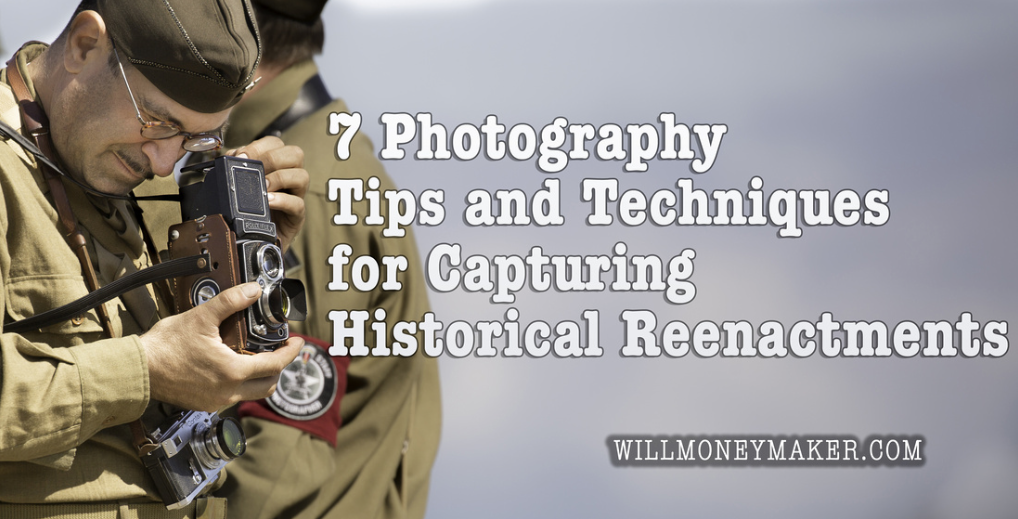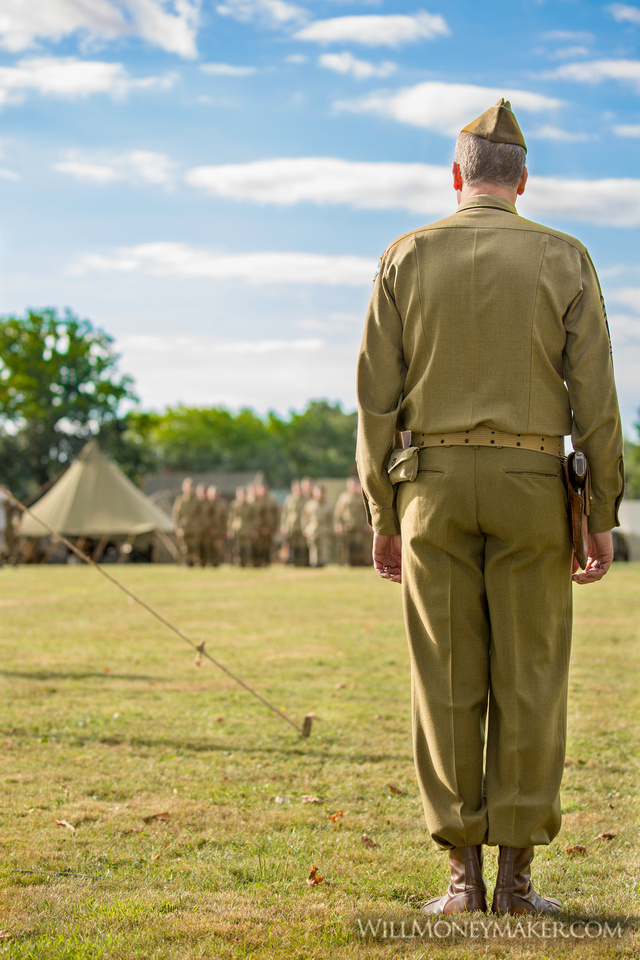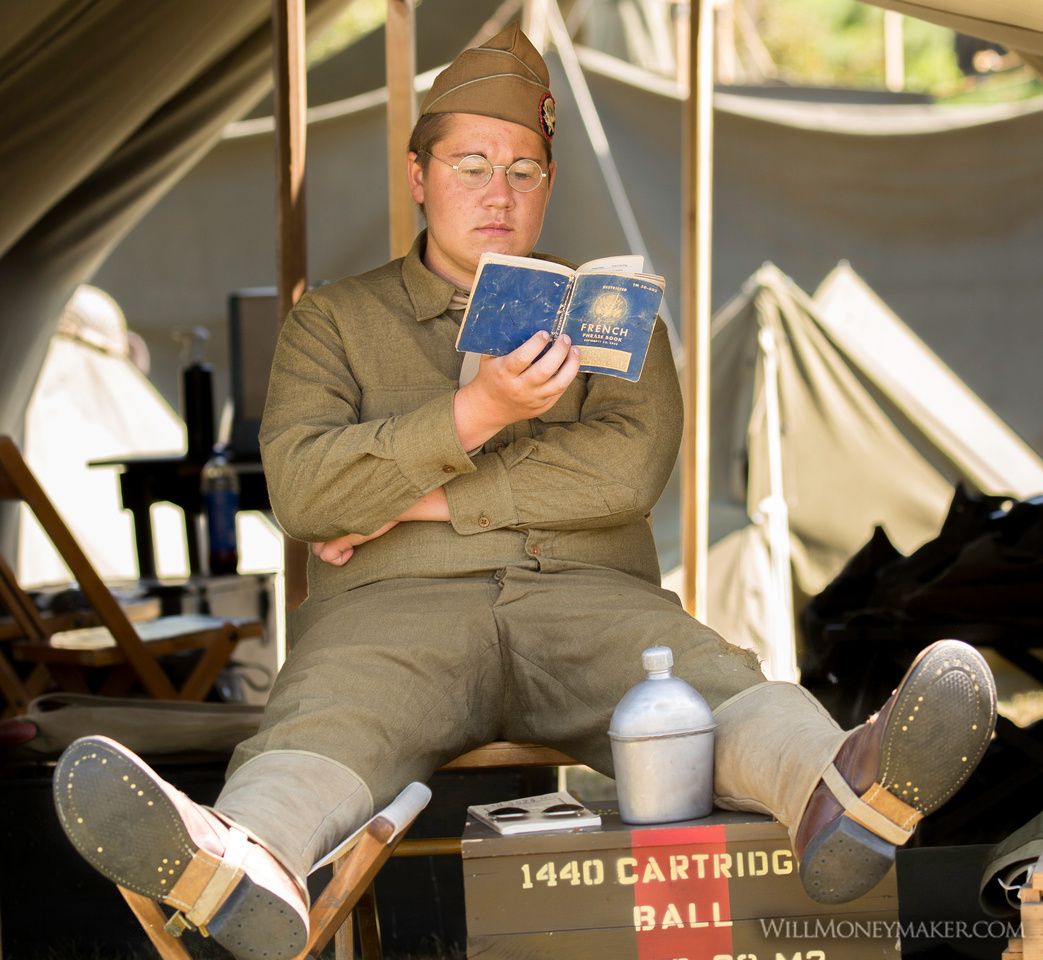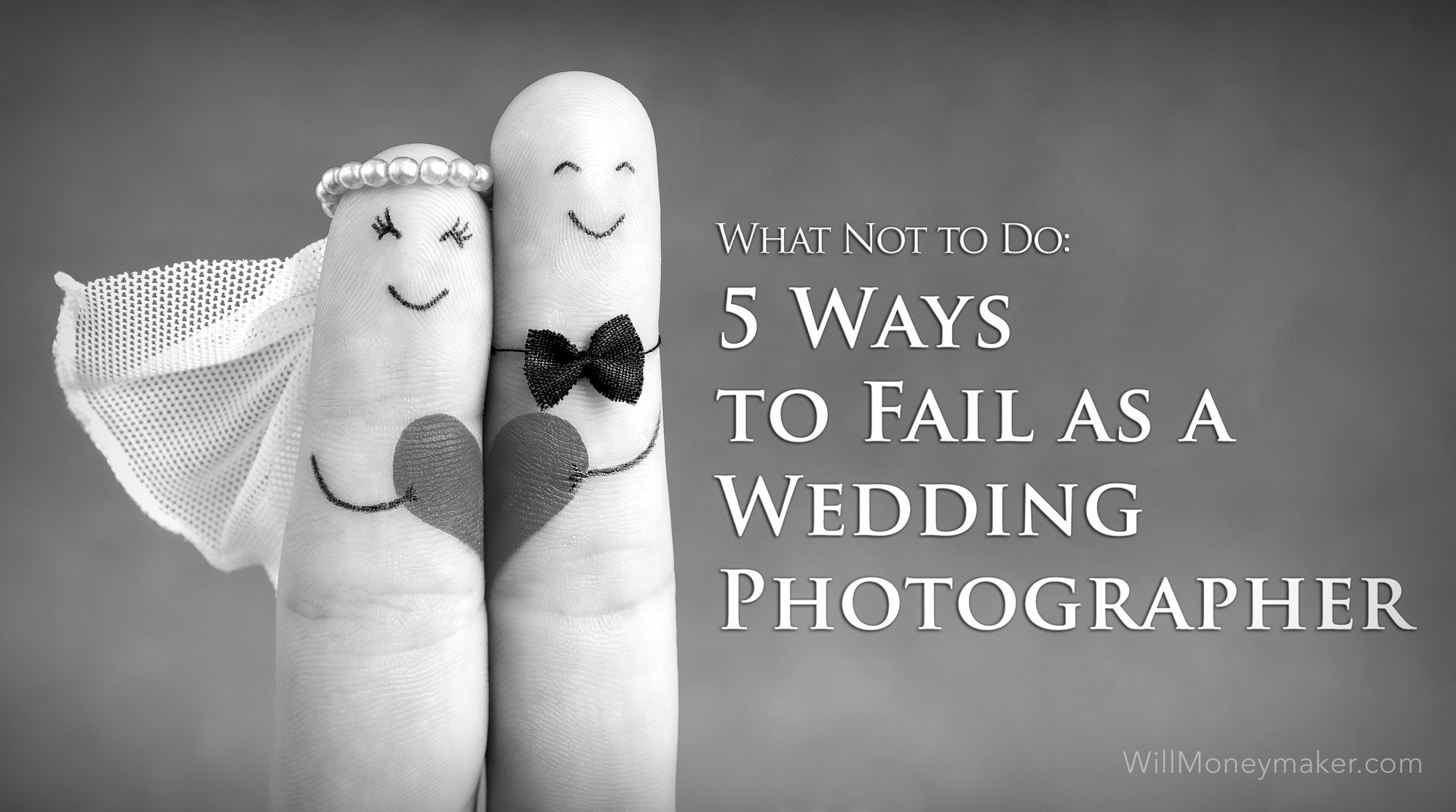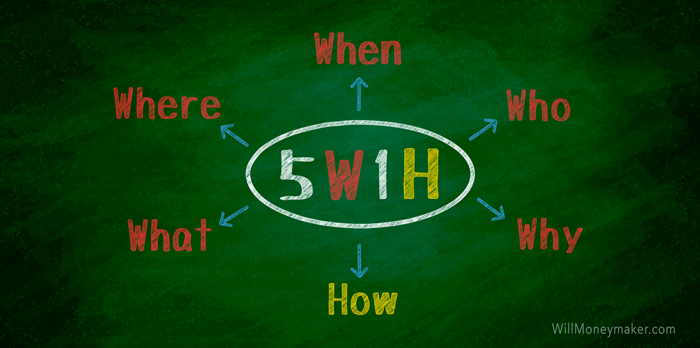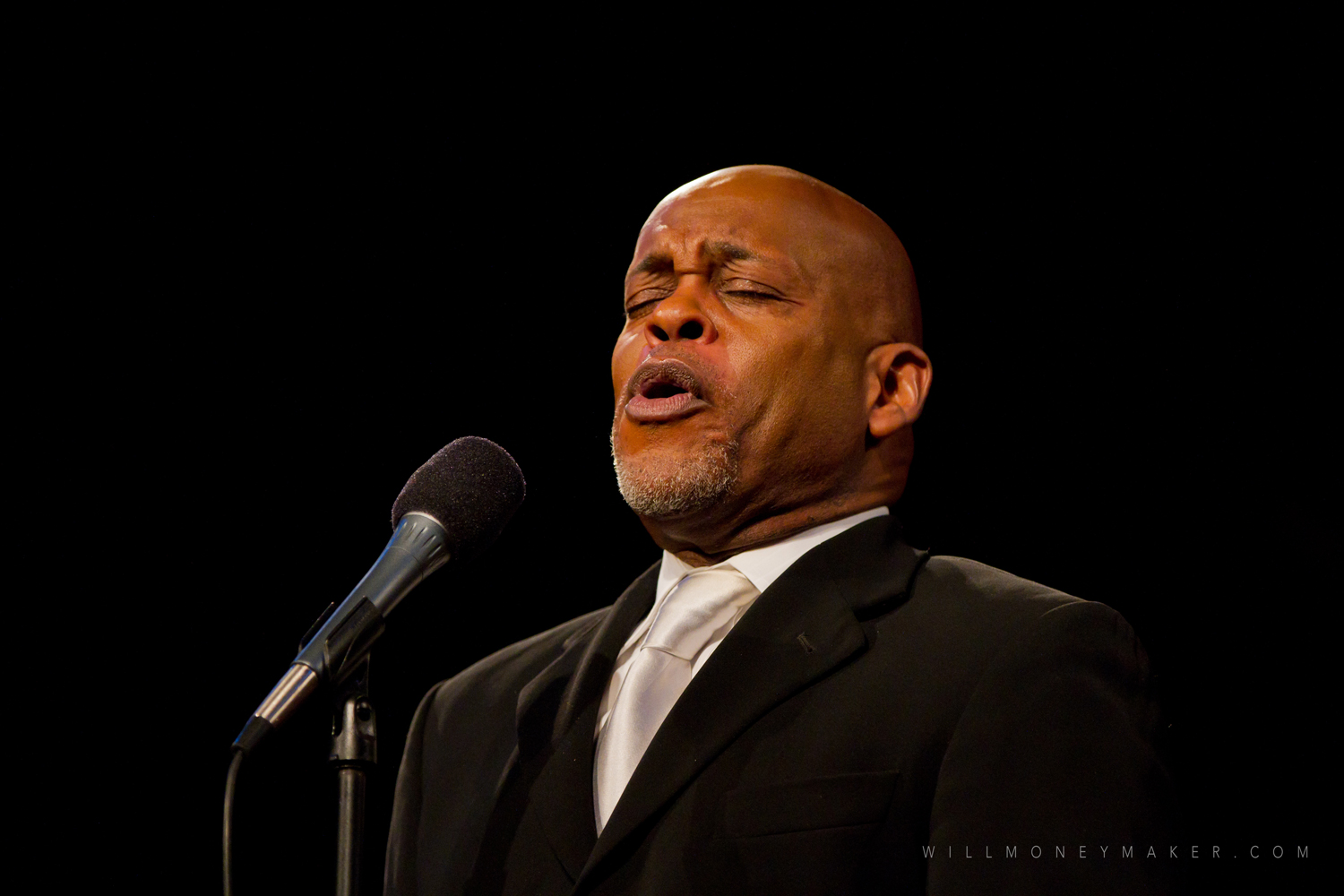Reenactors are sometimes called living historians. These men and women bring some of the history’s greatest moments to life, right before our very eyes. Civil War reenactment, for instance, has a history as old as the Civil War itself. Even before the war ended, soldiers acted out past battles as a way to remember and show respect to their lost brethren.
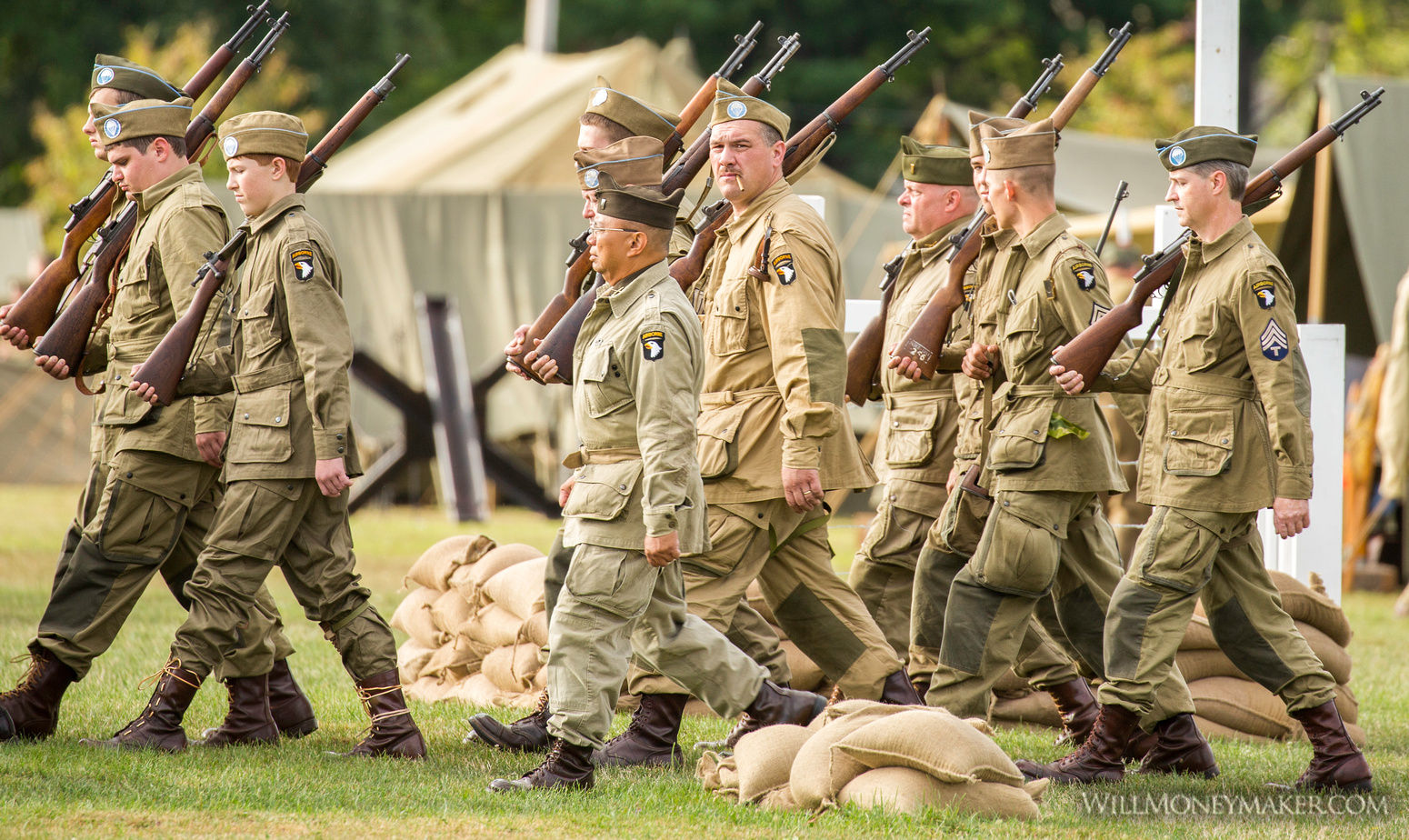
Reenactments aren’t limited to just the Civil War, however. While the Civil War is one of the most popular forms of reenactments, many groups come together to reenact other historically significant events.
For the photographer, historical reenactments are a wonderful way to transform history into art. If you’d like to learn some tips and tricks to help you create amazing images at a reenactment, here are a few of my favorites!

1. Mind the Crowds
One of the most challenging parts of shooting a reenactment is finding a location where you can set up, move around quickly and avoid onlookers that accidentally wander into the frame. To avoid this problem, I call the media department of the reenactment that I’ll be attending. By offering the use of my photos for advertising purposes, they’ll tell me where the best vantages are and give me behind-the-scenes access. And, because I’m giving the reenactors permission to use my photos, I still retain ownership and credit for taking the photos. This trick has worked at almost every reenactment I’ve ever attended.
2. Plan, Learn and Tell a Story
When I go to a reenactment, I always try to take a collection of images that tell a story. To do this well, you’ll need to learn everything possible about the reenactment and its historical significance. Start by studying the event’s brochures, website, and other literature. It is also helpful to learn everything you can about the actual historical event and its time period. As you look through your lens, make it your goal to lead viewers through the event.
3. Choose the Right Lens
A good reenactment is action-packed. You won’t have time to do lots of lens changes, and you may not want to carry a massive camera bag around all day. Plus, marching soldiers, galloping horses and gun and cannon fire, the atmosphere gets dusty and dirty quickly, which means that even if you can do a lens change, you may not want to fill the inside of your camera with dust.
Therefore, I’d recommend taking a long zoom lens – perhaps an 18-200mm lens that can capture both wide shots and those that are far away. If you don’t have a long zoom lens, choose two or three lenses that let you capture a wide range of focal lengths. You may even want to carry two cameras – one with a long lens and one with a short lens – simply to avoid lens changes.
4. Raise Your ISO
To capture the bursts of flame, galloping horses and plumes of smoke, you’ll need to shoot with a fast shutter speed. You could stop down the aperture, but as you do so, you’ll end up with a progressively narrower depth of field. The best option is to preserve a wide depth of field and raise the ISO setting instead.
5. Your Vantage
Some photographers take the vast majority of their shots at the 5-foot 10-inch (or standing) angle. However, you can add a lot of dynamism by varying your angles. Squat or lay down on the ground to get a unique viewpoint.
You may also want to shoot from high vantage points, like from the top of bleachers or a grandstand, or from a hilltop looking down into a valley. This gives you the chance to create wonderful panoramic images of the action. However, don’t trap yourself! If you choose to shoot from a high place, make sure that you can quickly access other vantage points if you need to get back on the same level as the reenactors.

6. Facial Expressions
The best reenactors aren’t simply acting. These men and women travel back in time to live the event that they’re portraying. If you focus on facial expressions, you’ll have many great opportunities to capture the raw emotion of the event. Think about the anger or fear that soldiers feel as battle lines meet in the field or the seriousness of officers discussing strategy. If you capture these emotions, you’ll end up with a powerful collection of images.
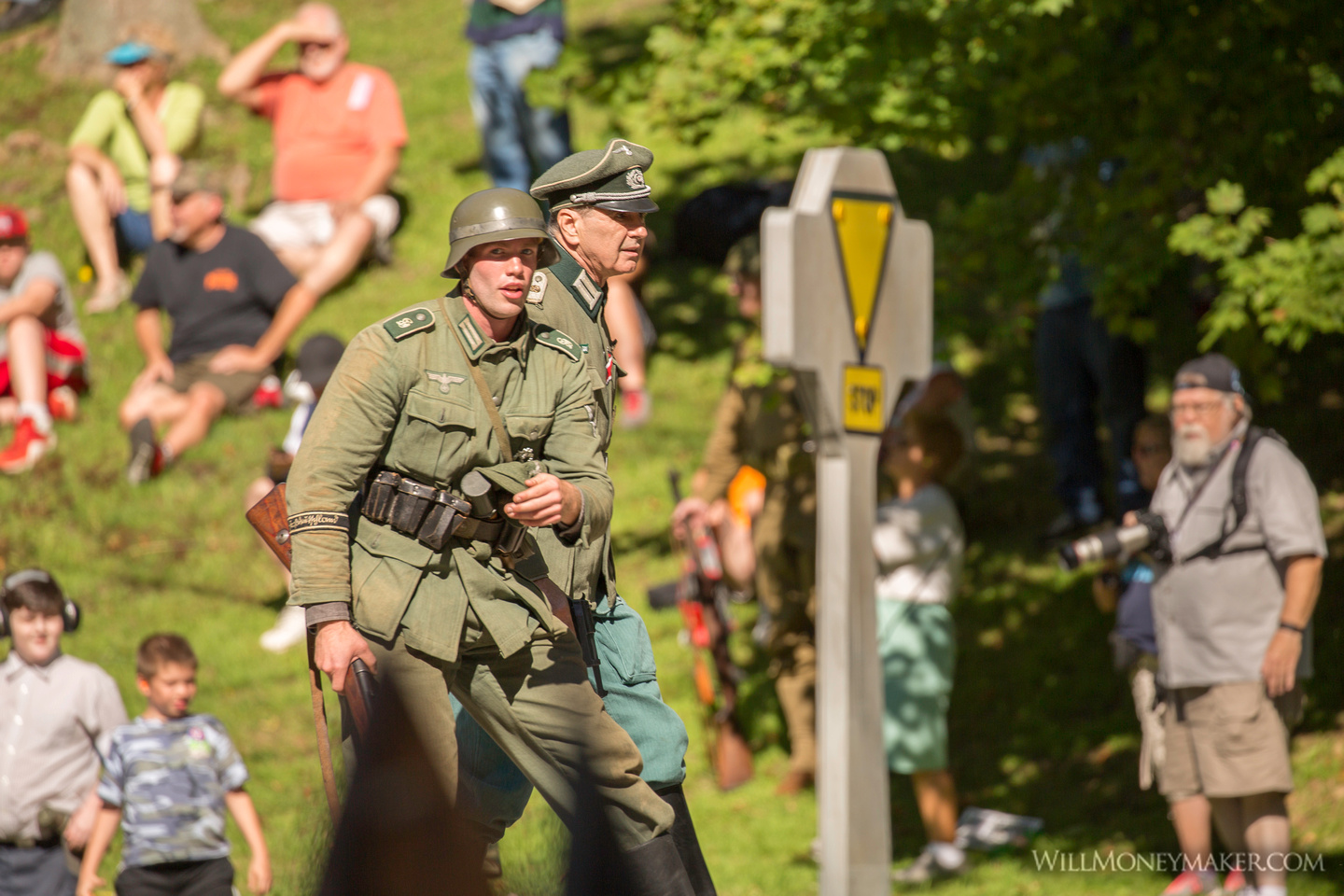
7. The Background
We still live in the modern day world, which means that there are many ways for modern trappings to sneak into your images – a car sitting behind the battle lines or a spectator wandering through the frame in a modern outfit, looking at his smartphone. Be conscious of the background at all times and make sure to angle yourself away from parking areas, crowds of spectators and other things that can ruin the historical effect.
Historical reenactments give you the unique opportunity to capture living history through your lens. Take a step back in time and document the stories of the brave men and women that took part in history’s greatest moments.

I took over 3,000 photos that weekend. Click Here to view some of the photos from the D-Day event.

